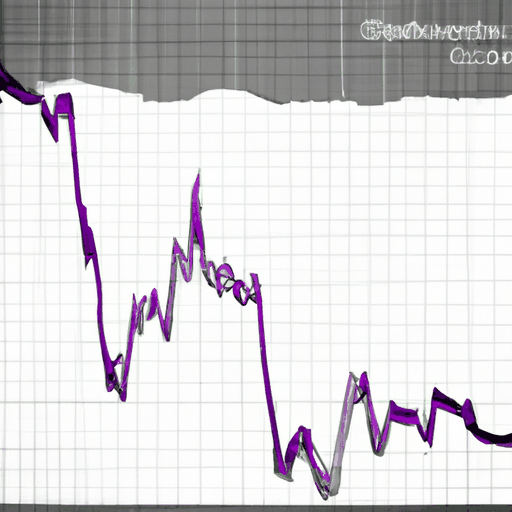
Ethereum Exchange Reserves Plummet Amid Market Volatility
By: Isha Das
On-Chain Dynamics
Ethereum (ETH) exchange reserves have seen a significant decline, hitting levels not observed since 2016. Starting the year 2024 with a balance of 14 million ETH held in exchange addresses, these reserves have steadily decreased, dropping to around 11.7 million ETH by early August. This decrease has occurred against a backdrop of fluctuating ETH prices, which saw the cryptocurrency vary between $4,000 in March and notable declines by late July.
This trend is part of a broader pattern that began in 2020, with Ethereum balances on exchanges consistently declining. Analysts suggest this behavior aligns with increased long-term holding and staking by investors. Additionally, the rise of decentralized finance (DeFi) activities and the adoption of self-custody solutions may be driving users to transfer their ETH out of centralized exchanges. Glassnode and other blockchain analytics platforms have provided valuable insights to track these trends.
Market Liquidity Challenge
With the liquidity of ETH markets facing challenges, this trend parallels the reduction in order-book liquidity. Weeks after the debut of Ethereum-based ETFs (Exchange Traded Funds), ETH market liquidity has reportedly dropped by 20%. Order book liquidity is essential for maintaining price stability, as it measures the market's ability to handle large buy and sell orders without significant impacts on the spot price.
VanEck's Ethereum Futures ETF
In another development, investment firm VanEck has announced the closure of its Ethereum futures ETF, just two months after launching its spot Ethereum ETF. This move underscores the current struggles faced by Ethereum investment products in attracting sufficient investor interest, potentially compounded by the broader trends of declining exchange reserves and market liquidity.



